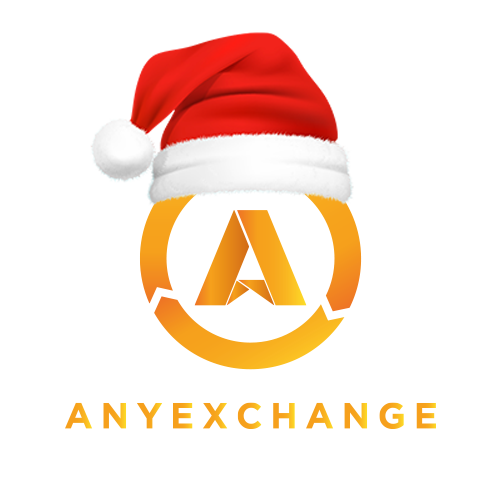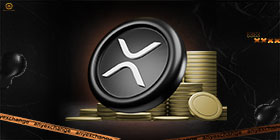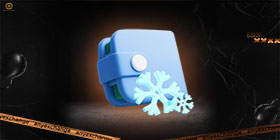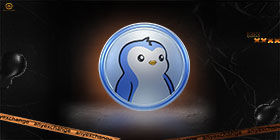
In what other reality could someone sell a picture of a pixel monkey for hundreds of thousands of dollars? That’s exactly what happened in 2021, when non-fungible tokens (NFTs) burst onto the digital scene and caused mass hysteria. Collections such as Bored Ape Yacht Club and CryptoPunks sold for fabulous sums, turning JPEG owners into millionaires and NFT marketplaces into arenas of rampant digital speculation.
But what was behind the headlines and the hype? The first generation of digital collections, while a cultural and financial phenomenon, was mostly static images without deep functionality. High commissions, intellectual property disputes, and environmental recriminations demonstrated the limited potential of NFT as a promising technological tool with a chance of survival.
Today, the first generation is being replaced by NFT 2.0, a new evolutionary stage and a more mature and functional form of digital assets that is changing the very understanding of digital assets. Interactive, programmable NFTs that interact with the real world through smart contracts, easily integrated with decentralized applications — all look much more promising.
This article aims to show exactly how NFT 2.0 is shaping new paradigms, creating a new digital future, and why it is worth following now.
What is NFT 2.0?
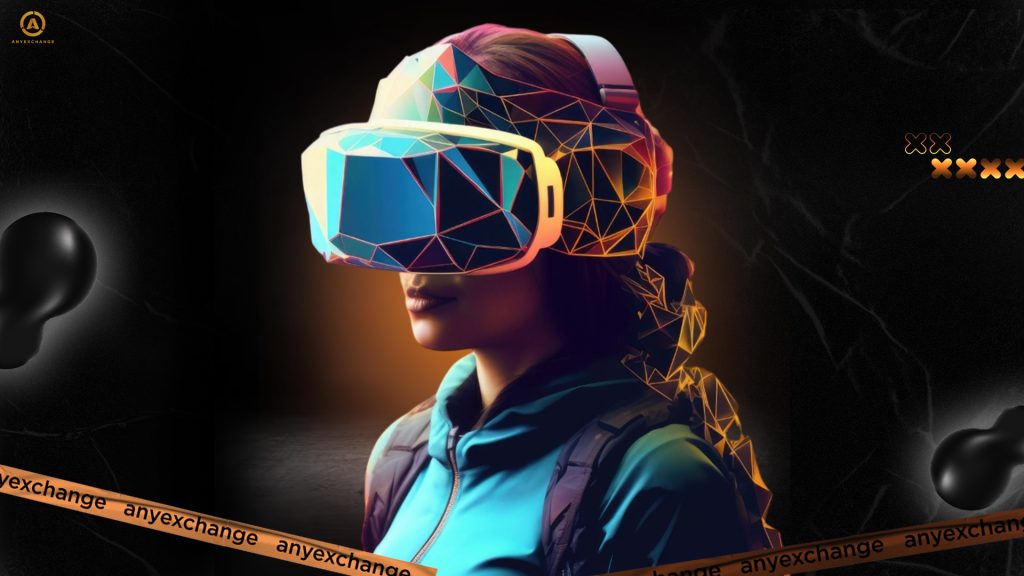
NFT 2.0 is the next generation of non-fungible tokens, with enhanced functionality, interactivity and programmability playing a key role. Unlike NFT 1.0, where a token was a unique but typically static digital object, NFT 2.0 enables the creation of digital assets that can change over time, respond to external events, or even evolve based on user interaction. For example, dynamic NFTs can be used to display player achievements in real time or updаte an object’s metadata based on weather conditions, geolocation, or events in the meta-universe.
In this way, enhanced interaction with the physical and digital world becomes a key differentiator between NFT 2.0 and its predecessor.
All of this creates ideal conditions for the asset tokenization process, where real assets (real estate, cars, art objects) get a digital representation in the form of NFT.
Smart contracts and enhanced standards such as ERC-721A and ERC-1155 serve as pillars for the updated vision of non-fungible tokens. They enable efficient scaling of NFT marketplaces, lower fees and enhanced virtual economies, paving the way for mass adoption.
This evolutionary trend significantly increases the attractiveness of NFT 2.0 for both developers and investors looking to participate in the new wave of digital transformation.
Problems and Limitations of NFT 1.0
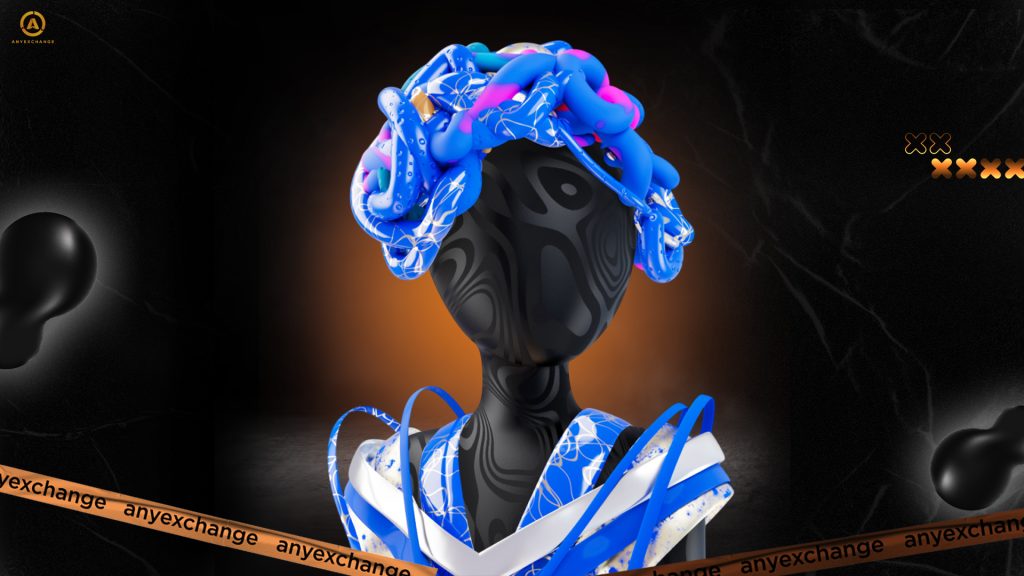
In addition to questionable functionality, first-generation non-fungible tokens have a number of other serious drawbacks.
- First, high transaction costs on the networks — so-called gas commissions — unnecessarily increase the cost of digital asset transactions. During periods of high demand on the Ethereum blockchain before the transition to Proof-of-Stake (especially during the peak of the NFT boom in 2021), gas commissions for minting non-fungible tokens skyrocketed. On an overheated blockchain, even a simple transaction could cost $100 or more for ordinary users. This put authors of small projects, independent artists, and newcomers to the crypto industry at a disadvantage — the cost of entry was too high.
- The second problem was high speculation. Most digital collections skyrocketed in value, but then depreciated rapidly. This created mistrust among the general public and reinforced the view of the NFT as a bubble.
- Finally, legal uncertainty was another stumbling block. The lack of copyright verification mechanisms and massive cases of plagiarism have led to numerous lawsuits. No one can expect investors to be highly motivated to own assets of questionable origin.
New usages of NFT 2.0
With the advent of NFT 2.0, the boundaries of the common use of non-fungible tokens began to expand rapidly. Today, the technology is seamlessly integrated into a variety of digital domains: gamification, meta-universes, music, real estate, education, identity, and many others.
NFTs in gamification are evolving at an unprecedented rate. In-game items in the form of digital assets — weapons, characters, skins — can now “evolve” based on player performance. Imagine a sword that gets stronger with each victory, or a hero whose appearance changes based on missions completed. In a Play-to-Earn model, players earn real-world tokens for their actions, creating a sustainable virtual economy where assets have a measurable market value.
In the meta-universe, NFTs act as identifiers, keys to digital spaces, and rights to virtual real estate. The Decentraland and The Sandbox platforms allow users to buy, build, and monetize virtual properties using smart contracts. And interactive avatars can change their appearance, acquire new properties, or build interactions with other entities in the meta-universe.
NFT in art and NFT in music go beyond the simple transfer of ownership. They now allow artists, composers, and performers to create multi-layered works that change over time or in response to external events. Music streaming platforms are experimenting with NFT licensing — musicians release tracks as tokens and listeners receive unique access, bonus content or a share of streaming revenue.
NFT in real estate opens access to partial ownership of real estate. Instead of buying a whole house, an investor can buy an NFT that represents a share of the property. This simplifies transactions, lowers barriers to entry and makes the market more transparent thanks to blockchain technology.
Technical Innovations of NFT 2.0
First and foremost are dynamic NFTs — tokens that can change over time or based on conditions. This could be a character progressing in a game, a piece of art responding to external events, or an NFT reflecting the level of ownership of an asset. Changes are made automatically through smart contracts and integration with external data sources — oracles.
Integration with oracles allows tokens to “sense” reality: weather conditions, sports results, currency exchange rates — all of which can influence the behavior of the NFT. This makes new applications of NFTs especially relevant for interactive platforms, dApps and meta-universes.
Examples of NFT 2.0 projects
- A prominent example of real-world projects demonstrating the potential of NFT 2.0 is Aavegotchi, a game that goes beyond the usual P2E mechanics. In classic Play-to-Earn games, non-fungible tokens are static game items or characters, usually just JPEG files tied to a blockchain. In Aavegotchi, on the other hand, each character is not just an avatar, but a programmable digital asset that evolves based on user actions (engagement, in-game behavior, staking). This is realized through variables built into the NFT that are updated as the user interacts. In addition, Aavegotchi NFTs can connect to external protocols, allowing them to extend beyond the scope of a single game. NFT owners also participate in game management through the DAO, making decisions about the development of the ecosystem. In this way, Aavegotchi’s NFT 2.0 is not just a “steak income character,” but a living asset that combines gamification, finance, management, and customizability — which is what sets this generation of tokens apart from the first wave.
- Async Art offers a new approach to NFT in art: works are made up of individual layers, each of which can be traded and modified. This turns art into a living, interactive structure where the collector becomes a co-creator.
- The RealT project implements asset tokenization in real estate. Users buy shares in real estate located in the U.S. through non-fungible tokens, while receiving rental income and the ability to resell the shares.
NFT 2.0 is beginning to find application in other sectors. In healthcare, for example, NFTs can take the form of encrypted medical records to which access is controlled by the patient. In supply chains, as digital assets that prove the authenticity and origin of goods, with the full movement history recorded on the blockchain.
Challenges and Risks of NFT 2.0
- Regulatory challenges. Different jurisdictions treat non-fungible tokens differently: some treat them as financial instruments, others as intellectual property, and still others outside the legal framework.
- Security. Smart contracts are a powerful tool, but they are vulnerable. Errors in the code or intentional manipulation can lead to the theft of tokens. In addition, the irreversibility of transactions often makes it impossible to recover stolen NFTs.
- High interface complexity. Creating a wallet, understanding the concept of tokenization, and interacting with decentralized applications requires some knowledge. Without simplifying the user experience, the technology will struggle to achieve mass adoption.
- Competition from traditional systems. Banks, licensing authorities, and data centers are not going down without a fight. Companies serving the traditional financial industry have more resources, influence and are happy to throw sticks in the wheels of a young, innovative technology.
The Future of NFT 2.0
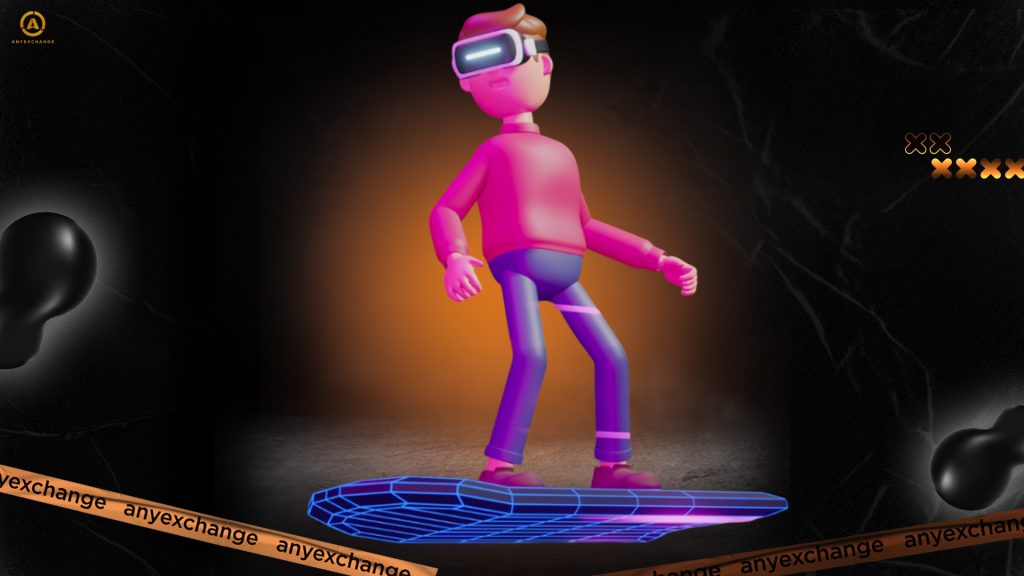
Nevertheless, the prospects for NFT 2.0 look inspiring. Analysts predict that by 2030, new applications of NFT have every chance of penetrating key sectors of the global economy. Their use as digital assets will become the norm, and the tokenization of assets will become the foundation for the global virtual economy of the new digital society.
In the long run, non-fungible tokens could change the very notion of ownership: from objects to usage rights, from shares in companies to unique digital avatars. The seamless integration of the technology with Web3 and decentralized platforms will play a special role. The path to mass adoption will be through reduced fees, simplified UX, and the emergence of convenient marketplaces that are easy to use even for those unfamiliar with cryptocurrencies.
Conclusion
The era of NFT 2.0 is just beginning, but it is already clear that this is not just a continuation of the 2021 hype, but a technological evolution with real potential. No longer the playthings of collectors, digital assets have become a powerful tool for tokenizing assets, managing intellectual property, and creating new forms of digital economies. They give users control, transparency, and access to new forms of ownership and interaction.
If you want to be part of this movement, now is the time. Explore projects, test decentralized applications, build digital collections and create your own NFTs. The digital revolution has already begun — and it’s happening before our eyes.
Thank you for reading our article. Invest safely and profitably!
AnyExchange is an exchanger that allows you to convert popular cryptocurrencies at the best rates and make fast money transfers worldwide.
FAQ
What is NFT 2.0?
It is a new generation of non-fungible tokens with enhanced functionality: dynamics, interactivity and integration with the real world.
How do NFT 2.0 tokens differ from regular NFTs?
They can change, interact with external data, contain logic and adapt to conditions thanks to smart contracts.
How are NFTs used for gamification?
They represent in-game items, characters or skills that can evolve. They also participate in the Play-to-Earn economy, allowing players to earn.
Is it safe to invest in NFT 2.0?
As with any investment, there are risks involved. It’s important to consider the vulnerabilities of smart contracts, the regulatory environment, and to choose trusted marketplaces.
What blockchains support the new NFTs?
NFT 2.0 is being actively developed on Ethereum, Polygon, Solana, Arbitrum, Optimism and other energy-efficient blockchain platforms that actively support decentralized applications and cross-chain transactions.
